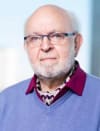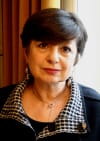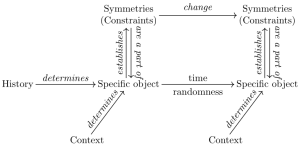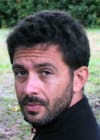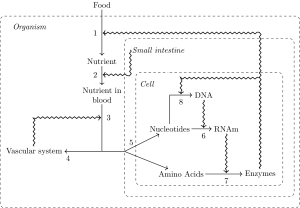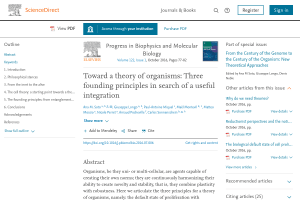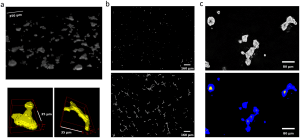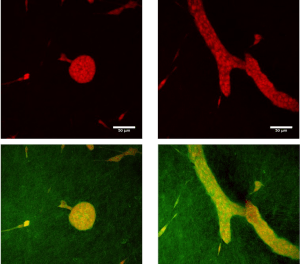
Theoretical approach of ductal morphogenesis
Journal of Theoretical and Applied Vascular Research
We propose a theoretical framework to model the behavior of cells in tissues and develop an application in the case of duct morphogenesis in mammary glands.
Abstract
We developed 3D culture methods that reproduce in vitro mammary gland ductal morphogenesis. We are proposing a conceptual framework to understand morphogenetic events based on epistemologically sound biological principles instead of the common practice of using only physical principles. More specifically, our theoretical framework is based on the principle that the default state of cells is proliferation with variation and motility. We emphasize the role played by the agency of cells embedded in a gel and the circularity that is relevant for the intended process, whereby cells act upon other cells and on matrix elements, and are subject to the agentivity of neighboring cells. This circularity strongly differs from classical linear causality. Finally, our approach opens up the study of causal determination to multilevel explanations rather than to reductive ones involving only molecules in general and genes in particular.
Keywords: Morphogenesis, extracellular matrix, theoretical principles, default state of cells, modelization.

